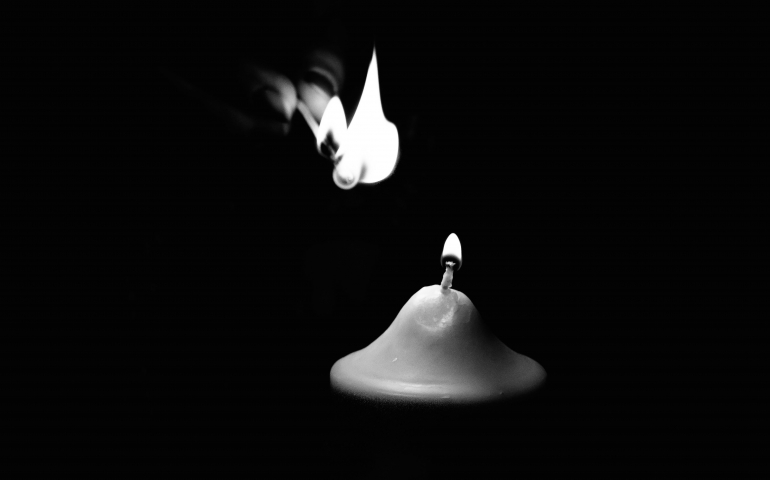This week is Holy Week, a week in which we participate in the darkness of life before we celebrate the resurrection of Christ. Beginning on Palm Sunday, we then recognize our humanity and our flaws by participating in the traditional Hebrew practice of Maundy Thursday and ending in darkness on Good Friday. Through these practices, we are forced to sit in the discomfort and uncertainty of the life of Christ until the light of the resurrection on Easter Sunday.
On Good Friday, churches around the world will sit in darkness as they remember the death of Christ. The contradictory nature from Good Friday to Easter, from darkness into light, is crucial to recognizing the importance of Jesus’ resurrection; the resurrection embodies the entirety of the love God has for humanity.
According to Bethany Vierow, junior Theology and Ministry major, “Holy Week is a week in which we intentionally reflect and remember Jesus coming into Jerusalem, Jesus’ crucifixion, and the resurrection.” Vierow touches on the necessary intentionality of Holy Week, saying, “We must be intentional throughout the week to understand the importance of the resurrection. The intention of building anticipation is meant to embody walking alongside Christ in His life.”
She went onto say that the darkness before the resurrection is key to understanding the significance of God’s presence in our world. The shouting of “Hosanna,” the word meaning “save us,” moves to “crucify him” throughout the Holy Week, revealing the human desire for a savior of power rather than of love and grace. Yet, even when His people deny Him, God continuously chooses humanity through the resurrection.
Caleb Bechtold, junior Theology and Ministry major, reiterates this thought, saying, “Holy Week is an attempt to recognize who Jesus is… sadly, the Romans didn’t understand who Jesus was. They expected a Messiah who would conquer their enemies, but who they got was drastically different.”
Continuing on the themes of Good Friday, Bechtold said, “The environment of Good Friday is intended to be ominous and dark… the intention of this tradition is to leave you uncomfortable and in the darkness in preparation of what’s going to happen on Easter Sunday.” Without the discomfort of darkness, we would not know the comfort and joy of the light.
“Everything is gearing you towards the sacrifice of Jesus, but you can’t understand the significance of what Jesus did if you don’t understand the broad scope of the events.” Participating in Holy Week, feeling the darkness and desolate nature of the death of Christ until the light of His resurrection, is important in understanding the boundless love of God.
Below are a few local churches that are participating in these practices:
Bethany First Church of the Nazarene:
- Good Friday: March 30 @ 6-8pm (come and go)
- Easter Sunday: April 1 @ 9am (traditional service) and 11:15am (contemporary service)
Lake Overholser First Church of the Nazarene:
- Maundy Thursday: March 29 @ 6:30pm
- Good Friday: March 30 @ 6:30pm
- Easter Sunday: April 1 @ 10:30am
Oklahoma City First Church of the Nazarene:
- Passover Seder: March 29 @ 6:30pm
- Good Friday: March 30 @ 8pm
- Easter Sunday: April 1 @ 9:30am (breakfast) 10:30am (service)
(Photo by Roman Kraft on Unsplash)
